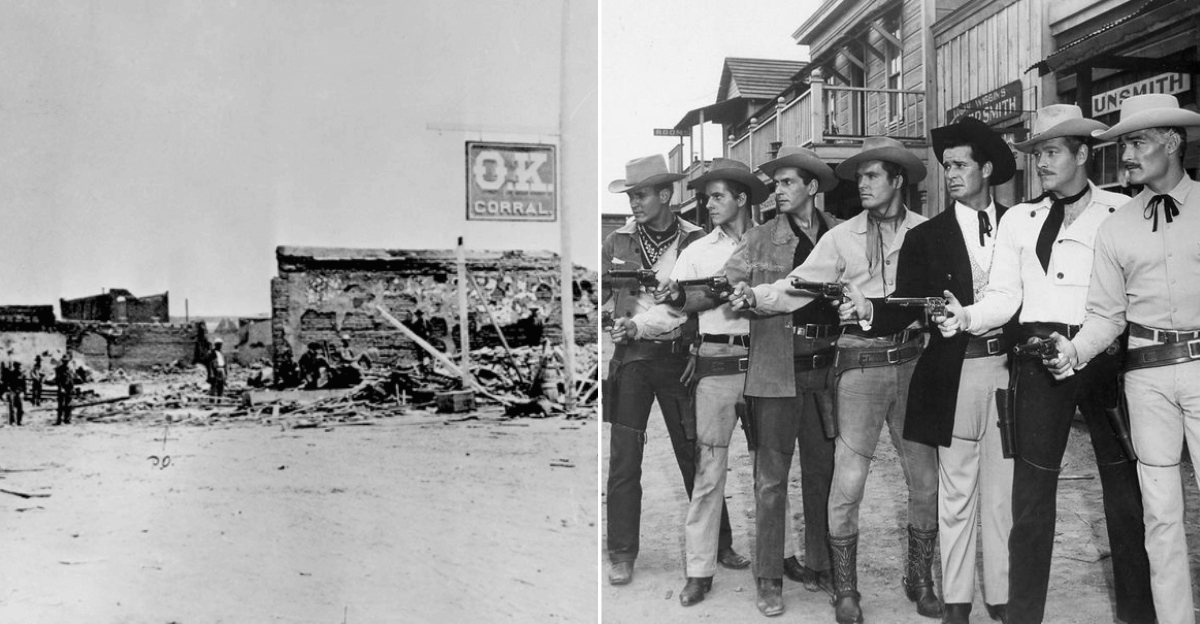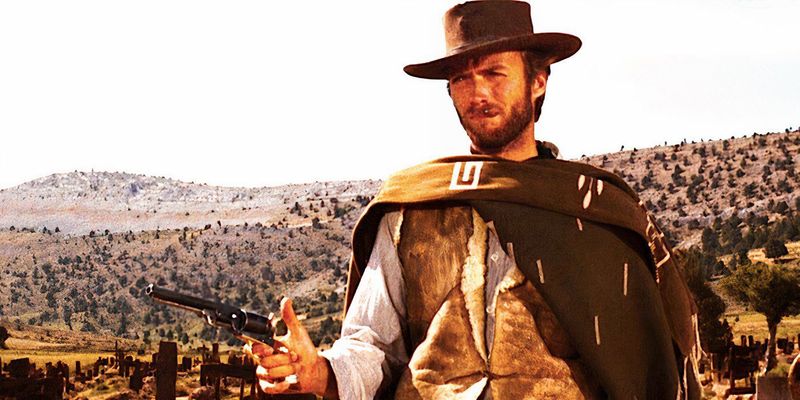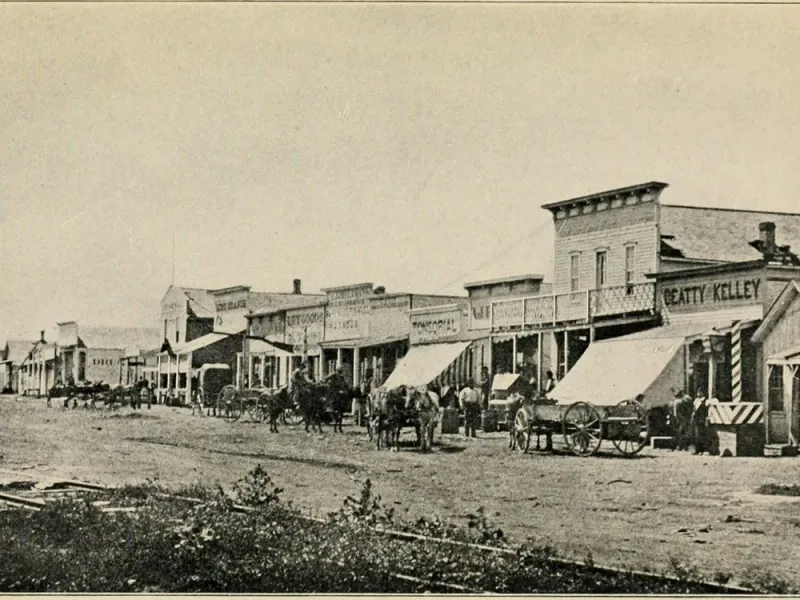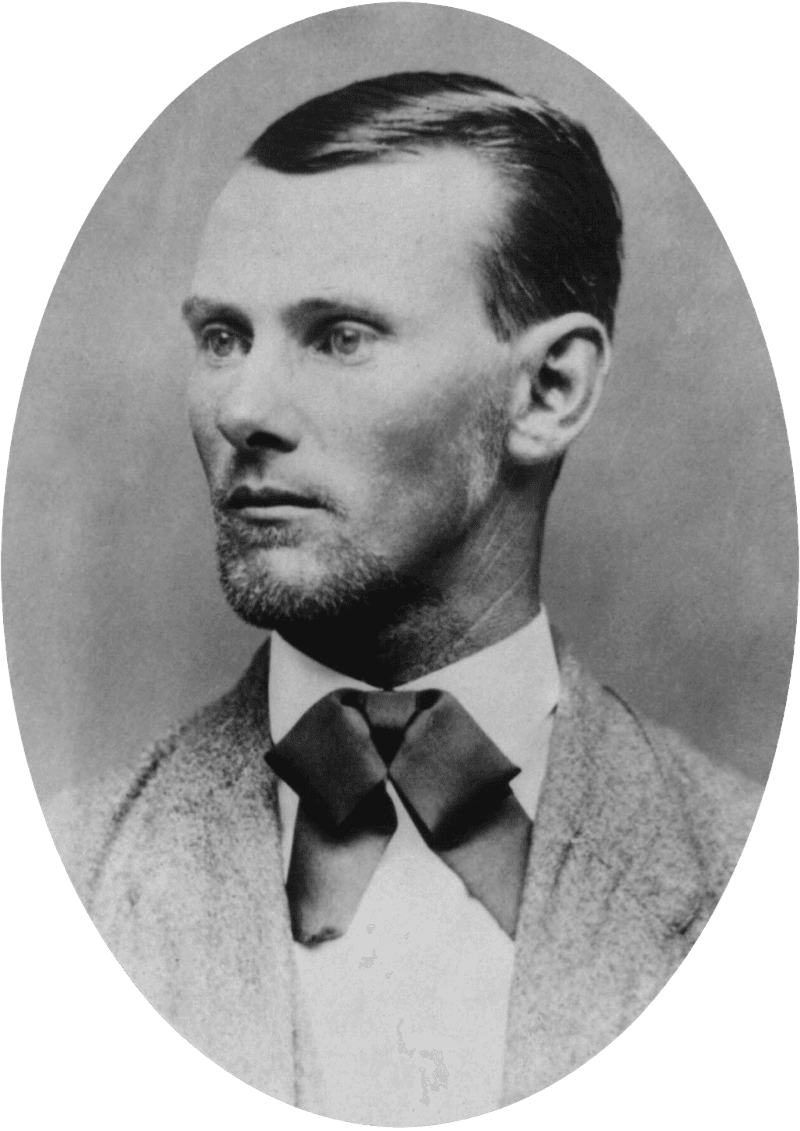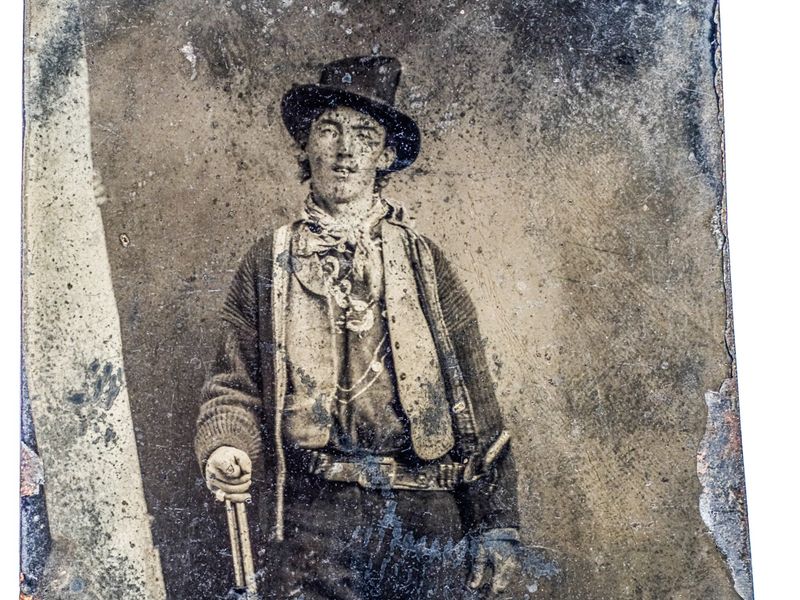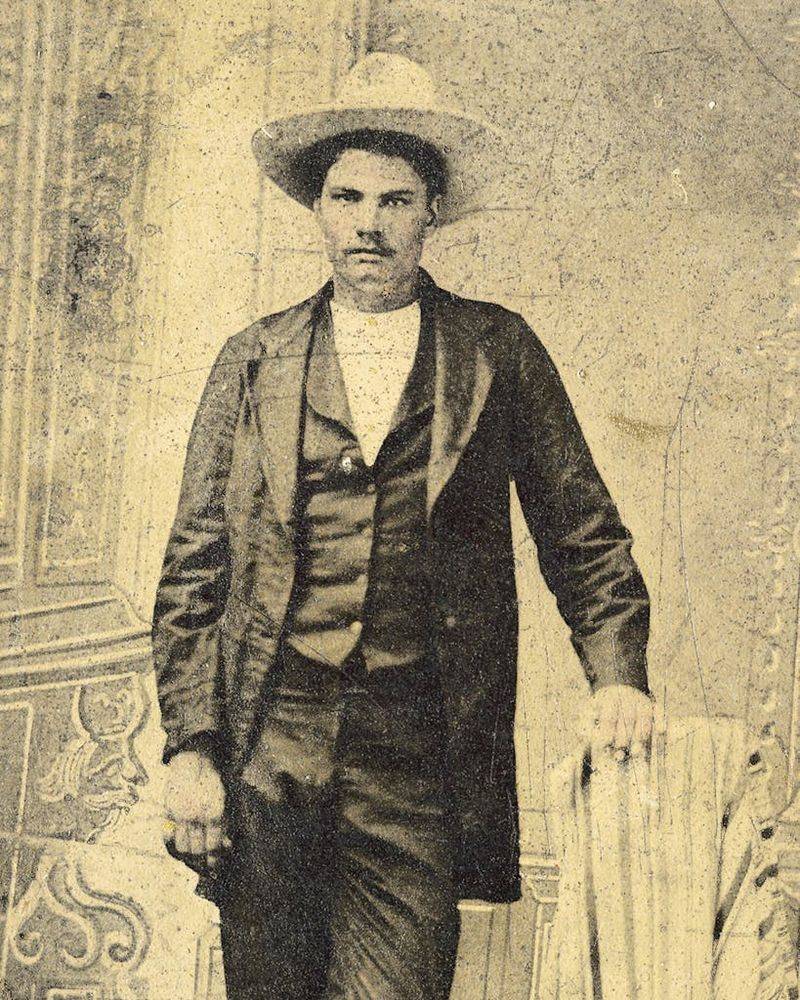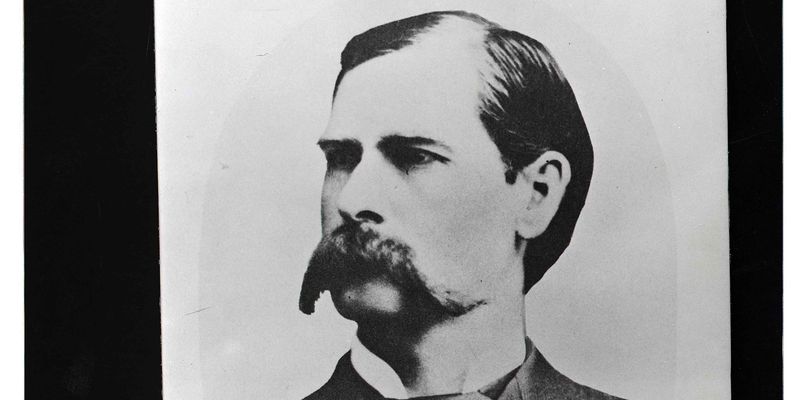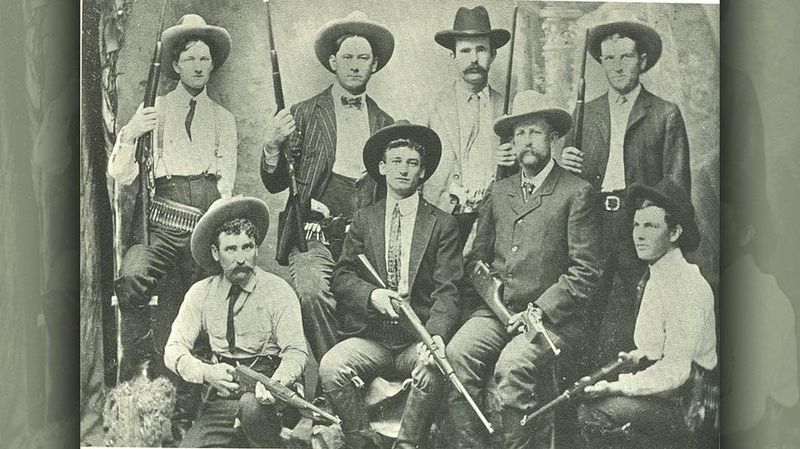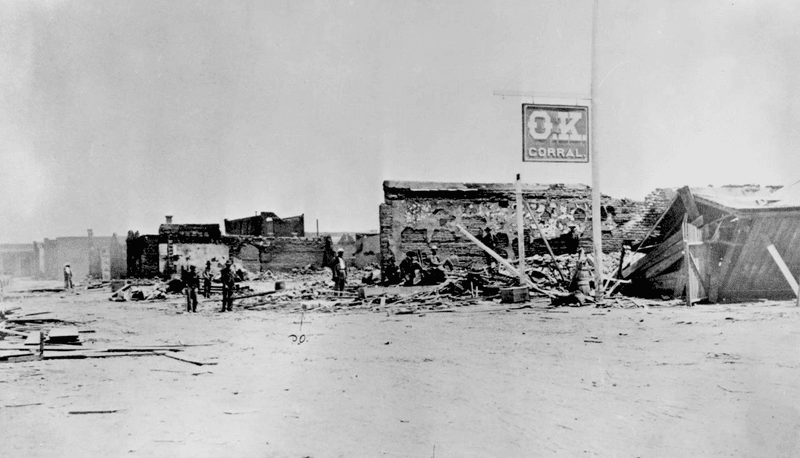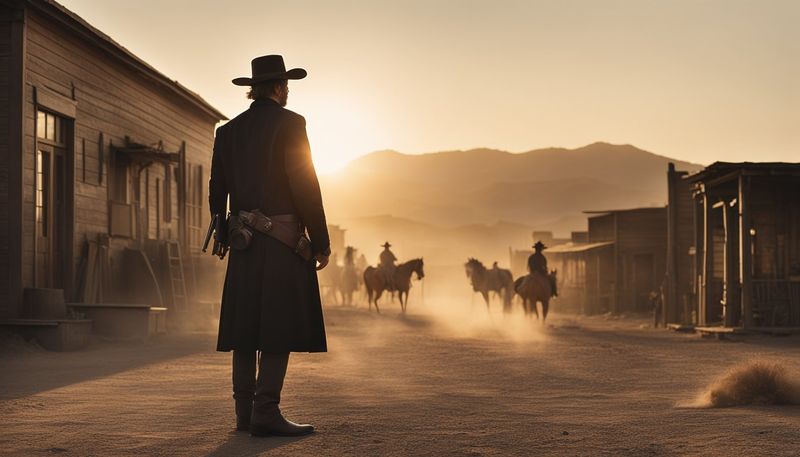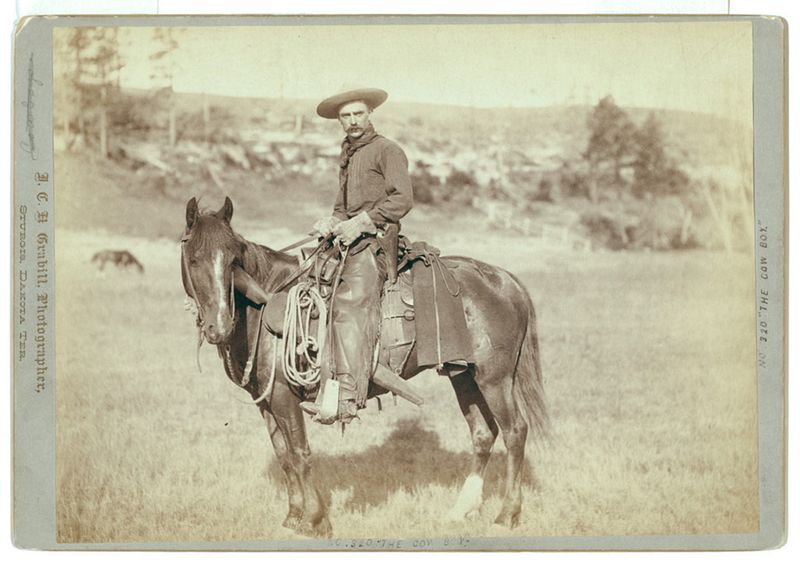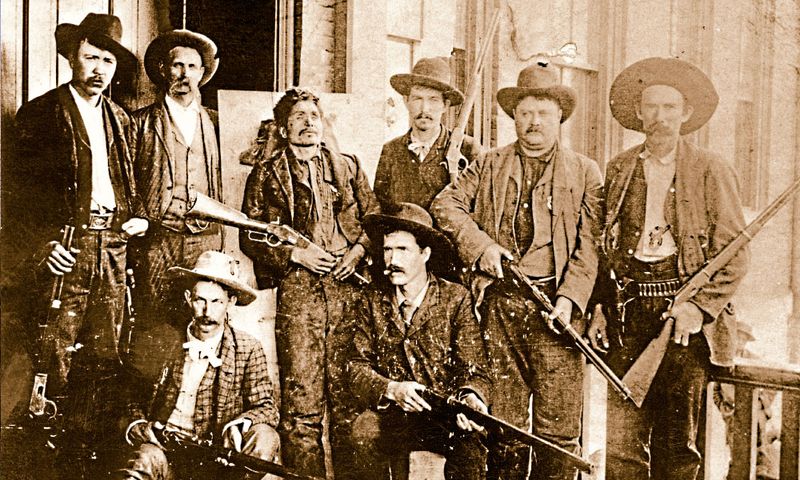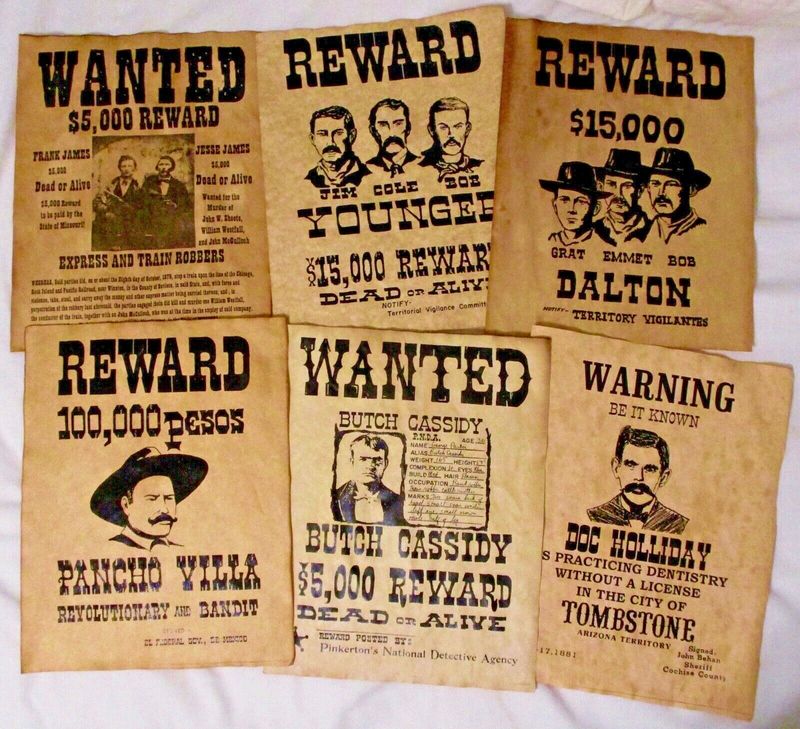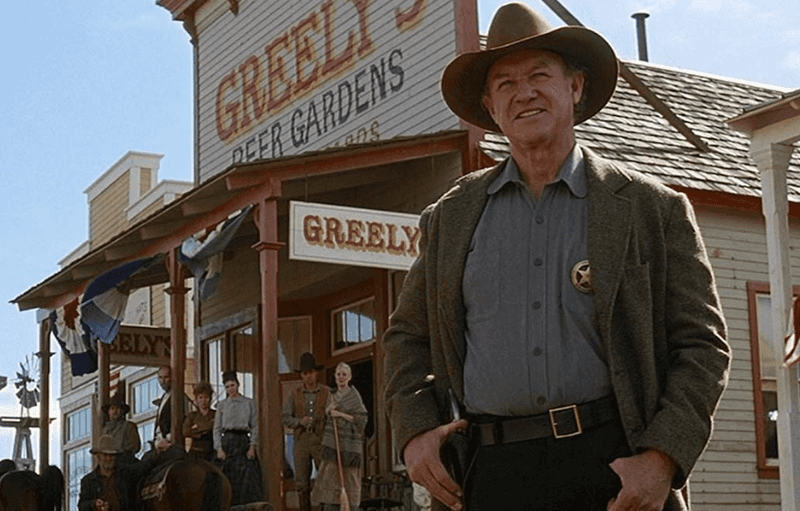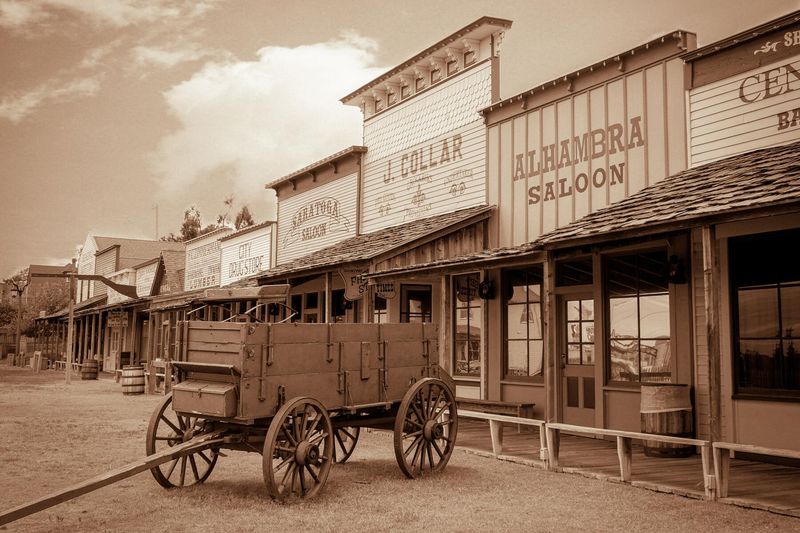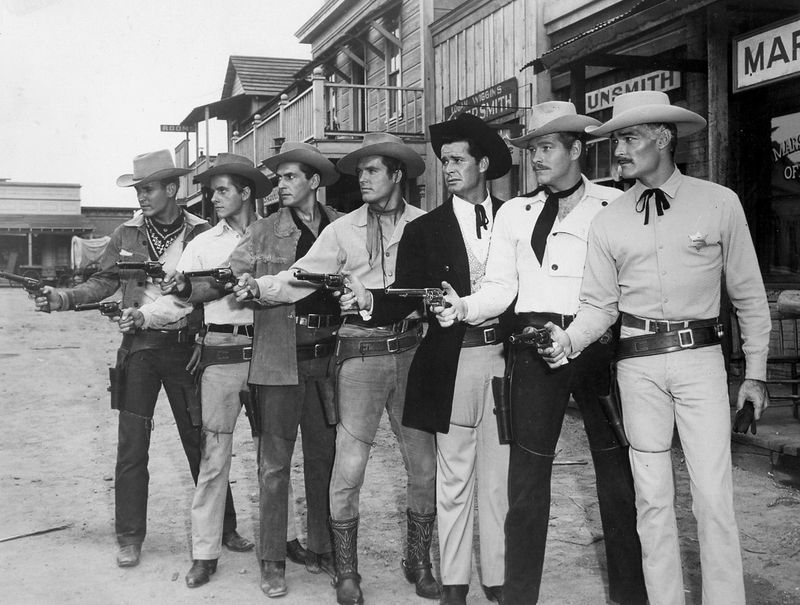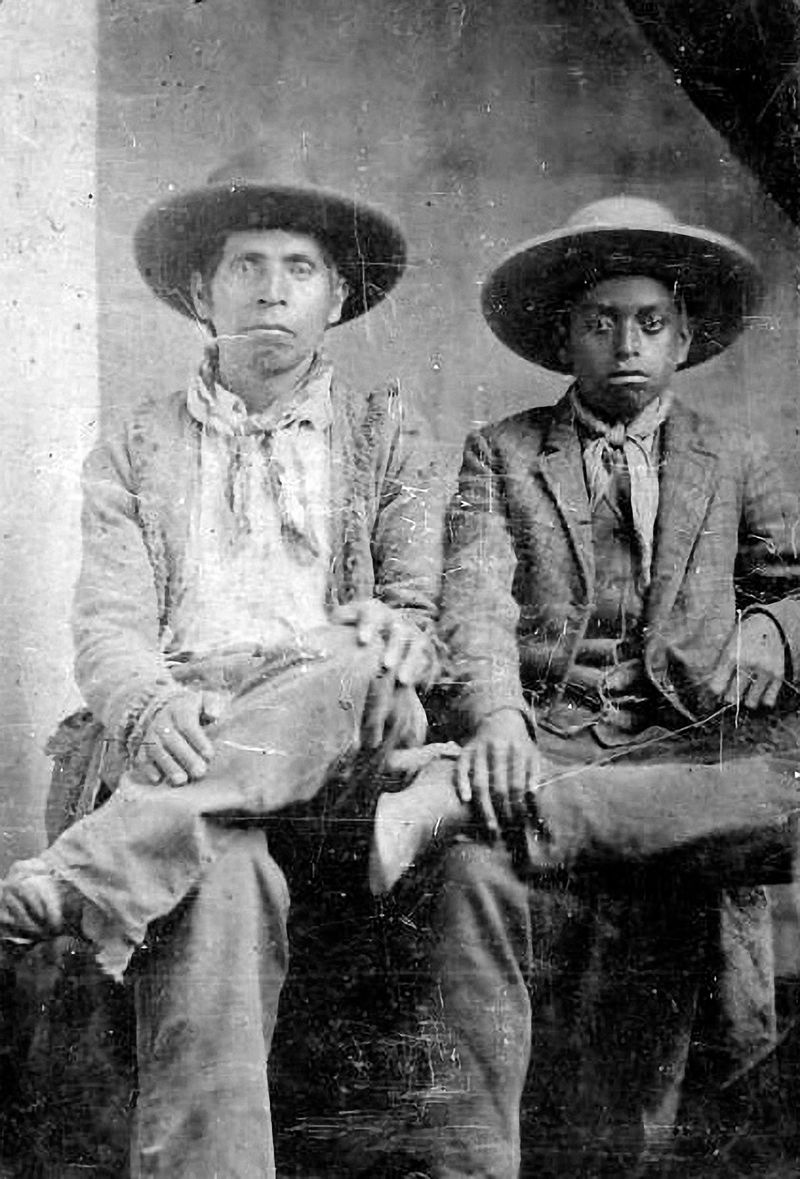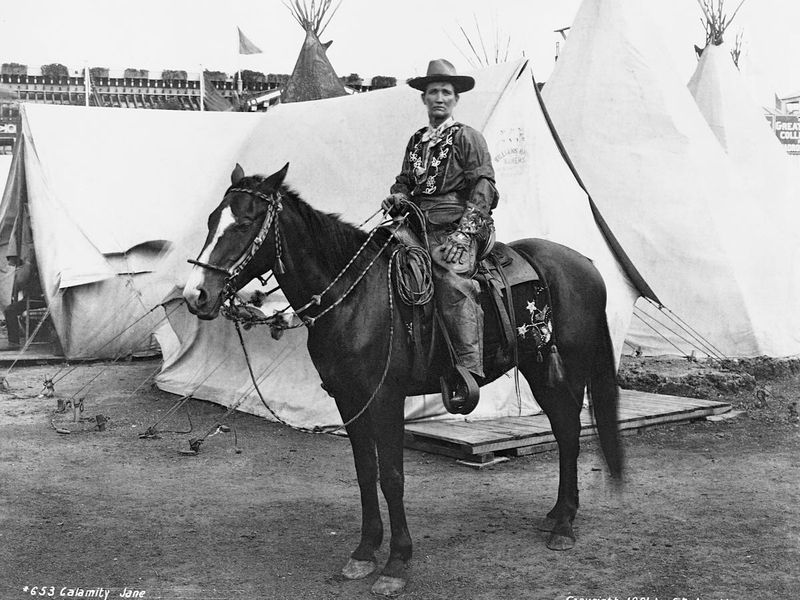Hollywood has long romanticized the Wild West, painting a picture of gunslingers as larger-than-life characters engaged in dramatic duels and epic showdowns. This blog post debunks 20 prevalent myths perpetuated by movies and television, revealing a more nuanced and often surprising reality. From the misconception of the cowboy’s wardrobe to the exaggerated tales of infamous outlaws, these myths have shaped our understanding of the era. Join us as we delve into the truths behind the legends and uncover the real stories of the gunslingers of the Wild West.
1. All Gunfights Were Quick-Draw Duels at High Noon
The cinematic portrayal of gunfights as quick-draw duels at high noon is far from reality. Most real shootouts were spontaneous and messy, often involving ambushes, drunken brawls, or personal vendettas. Rarely were they the fair, face-to-face duels seen in films. These fights were unpredictable, with participants more interested in survival than adhering to any code of honor. The romanticized image of two gunslingers meeting alone in the street is an invention of Hollywood, designed for dramatic effect rather than historical accuracy.
2. Gunslingers Always Wore Black and Had Perfect Aim
Hollywood often dresses gunslingers in black, portraying them as menacing and lethal. In reality, their outfits were practical, designed for the harsh conditions of the frontier. Most cowboys weren’t crack shots; they missed frequently in the chaos of a gunfight. The notion of perfect aim is a fabrication, driven by the need to create invincible characters on screen. Real gunslingers had varying levels of skill, with no guarantee of hitting their target, especially under pressure.
3. The Wild West Was Constantly Violent
Contrary to Hollywood’s depiction, the Wild West wasn’t a constant warzone. Some frontier towns had lower murder rates than modern cities. The chaos portrayed in films is an exaggeration, crafted to heighten drama. Many towns had established law enforcement and community rules, ensuring a semblance of order. While violence did occur, it wasn’t the defining feature of everyday life. Settlers were more often engaged in building communities and livelihoods than in gunfights.
4. Jesse James Was a Robin Hood Figure
Jesse James is often romanticized as a Robin Hood-like character, stealing from the rich to give to the poor. However, this image is largely a myth. James was a violent outlaw, primarily motivated by revenge for the Confederate cause. He and his gang committed numerous robberies and murders, with little regard for the needy. The notion of him as a hero of the people is a narrative spun by dime novels and sensationalist media, rather than a reflection of his true nature.
5. Billy the Kid Killed 21 Men
The legend of Billy the Kid claims he killed one man for every year of his life, totaling 21. Historians agree this number is exaggerated; he likely killed between 4 and 9 men. The myth was popularized by sensational stories and the need to create a larger-than-life figure. In reality, Billy’s life was marked by desperation and survival, not a trail of endless violence. He was a notorious outlaw, but his infamy outstripped his actual deeds.
6. Doc Holliday Was a Cool, Stoic Gunman
Doc Holliday is often portrayed as a cool, stoic gunman with nerves of steel. In truth, he was a sickly individual, suffering from tuberculosis and deeply addicted to gambling and alcohol. His instability and frequent illness overshadowed any aura of calm depicted in movies. His reputation as a gunslinger was more about his willingness to take risks than about prowess with a gun. Holliday’s life was a tumultuous mix of health struggles and personal demons.
7. Wyatt Earp Was a Law-Abiding Hero
Wyatt Earp is hailed as a law-abiding hero of the Wild West, but his past tells a different story. Before becoming a lawman, Earp had a long rap sheet, including charges of horse theft and running brothels. His transition from outlaw to lawman blurs the lines between hero and villain. Earp’s legacy is complex, shaped by both his enforcement of law and his participation in activities outside it. His story is a testament to the fluid morality of the frontier.
8. Cowboys Frequently Wore Revolvers in Holsters
Hollywood often shows cowboys with revolvers in stylish holsters, but this wasn’t the norm. Many cowboys kept their guns in saddlebags or waistbands, as holsters were not as common or practical as depicted. The image of a gunslinger with a slick holster is more about cinematic flair than historical accuracy. Real cowboys prioritized functionality, choosing methods of carrying weapons that suited their lifestyle and daily tasks over the iconic movie look.
9. Women Were Just Saloon Girls or Damsels
Hollywood typically casts women in the Wild West as saloon girls or damsels in distress. In reality, women played diverse and significant roles. Many were landowners, sharpshooters, and even outlaws themselves. Figures like Calamity Jane and Pearl Hart broke societal norms, carving out their own paths. The narrow portrayal of women in films fails to capture their true contributions and resilience. The frontier offered opportunities for women to defy traditional roles and thrive in their own right.
10. Tombstone’s Gunfight at the O.K. Corral Was a Massive Battle
The gunfight at the O.K. Corral is often depicted as an epic battle in movies, but the reality was much less grand. The fight lasted only 30 seconds and occurred in a narrow lot, not at the corral itself. It was a brief, chaotic confrontation, involving a small group of men. Hollywood’s version amplifies the scale and drama for effect, overshadowing the real, quick skirmish that took place. This event was significant, but not the sprawling battle often shown.
11. Outlaws and Lawmen Were Opposites
In movies, outlaws and lawmen are often portrayed as stark opposites, engaged in a never-ending battle of good versus evil. However, many lawmen were former outlaws themselves, and vice versa. Loyalties were fluid in the Wild West, with individuals frequently switching sides to suit their needs. The clear-cut divide between hero and villain seen on screen is a simplification, ignoring the complex relationships and motivations that defined the frontier. This dynamic illustrates the moral ambiguity prevalent in that era.
12. Everyone Rode Horses All the Time
Hollywood often shows the Wild West as filled with people constantly on horseback, but this wasn’t always the case. Many settlers walked, used wagons, or stayed within towns, as horses were expensive and not universally owned. The image of everyone riding horses all the time is a dramatization, ignoring the practicalities and economics of frontier life. Horses were indeed valuable, but not the sole means of transportation. This myth overlooks the varied ways people navigated the vast landscapes of the West.
13. Native Americans Were Always the Aggressors
Movies frequently cast Native Americans as aggressors in conflicts with settlers. However, many tribes were defending their land and way of life after repeated betrayals and violent displacement by settlers. The narrative of Native Americans as mere aggressors simplifies the complex interactions and struggles they faced. They were often responding to encroachments on their territories and broken treaties. This myth diminishes the nuanced history of resistance and survival that characterized Native American experiences during westward expansion.
14. Gunfighters Relied on Six-Shooters Alone
The image of gunslingers relying solely on six-shooters is a popular Hollywood trope. In reality, shotguns and rifles were more common in actual fights due to their accuracy and lethality. The six-shooter is iconic, but its use was often supplemented by other firearms that suited specific situations better. This myth is perpetuated by the desire for a consistent visual symbol in movies, but real gunfighters prioritized effectiveness over style, choosing weapons based on the circumstances they faced.
15. “Wanted: Dead or Alive” Posters Were Everywhere
The image of “Wanted: Dead or Alive” posters plastered everywhere is largely an exaggeration. While they did exist, they were far less common than portrayed and rarely looked like the stylized versions seen in movies. These posters were tools of law enforcement but were not as widespread or dramatic as depicted. The myth of their ubiquity contributes to the romanticized image of the Wild West as a place of constant manhunts and vigilantism, rather than the more nuanced reality.
16. Everyone Spoke With a Texas Drawl
Hollywood movies often depict everyone in the Wild West speaking with a distinct Texas drawl. In reality, the region was a melting pot of immigrants and settlers from the East Coast, Europe, and Mexico, resulting in a wide variety of accents and languages. The notion of a uniform accent is a simplification that ignores the linguistic diversity of the frontier. This myth perpetuates a narrow view of the cultural landscape, overshadowing the rich tapestry of voices that characterized the Wild West.
17. Western Towns Were Lawless Hells
Western towns are often portrayed as lawless hells, but many had sheriffs, courts, and community rules that maintained order. Law enforcement was rough but not absent, with many towns boasting established systems to handle disputes and crimes. The chaotic, anarchic image is more a product of Hollywood’s storytelling than reality. While challenges existed, frontier communities worked to create structured societies amid the rugged landscapes. The myth of lawlessness overlooks the efforts of settlers to build orderly, livable environments.
18. Gunmen Settled Everything With Violence
The idea that gunmen settled all disputes with violence is a myth perpetuated by films. In reality, negotiation, intimidation, and reputation often prevented fights from escalating. Killing someone could land you in jail or worse, so many gunmen used their wits and words as much as their weapons. The frontier was as much about survival as it was about bravado, with individuals navigating conflicts carefully. This myth simplifies the complex strategies of survival and conflict resolution that characterized the Wild West.
19. The West Was Mostly White
Contrary to Hollywood’s depiction, the West was not a predominantly white domain. Black cowboys made up as much as 25% of cattle workers, and the region was ethnically diverse, with Hispanic, Native American, and other groups contributing to its culture and economy. The myth of a homogeneously white West overlooks the rich tapestry of people who lived and worked in the frontier. This diversity shaped the development and character of the area, challenging the singular narrative often seen in films.
20. The Gunslinger Era Lasted for Generations
The perception that the gunslinger era lasted for generations is misleading. The classic “Wild West” period spanned roughly 20–30 years, from the end of the Civil War to the early 1890s. This short-lived era was marked by rapid expansion and conflict, but it didn’t endure as long as Hollywood suggests. The myth of its lengthy existence contributes to the romanticized image of the frontier as an eternal land of adventure. In reality, it was a fleeting chapter in American history.
